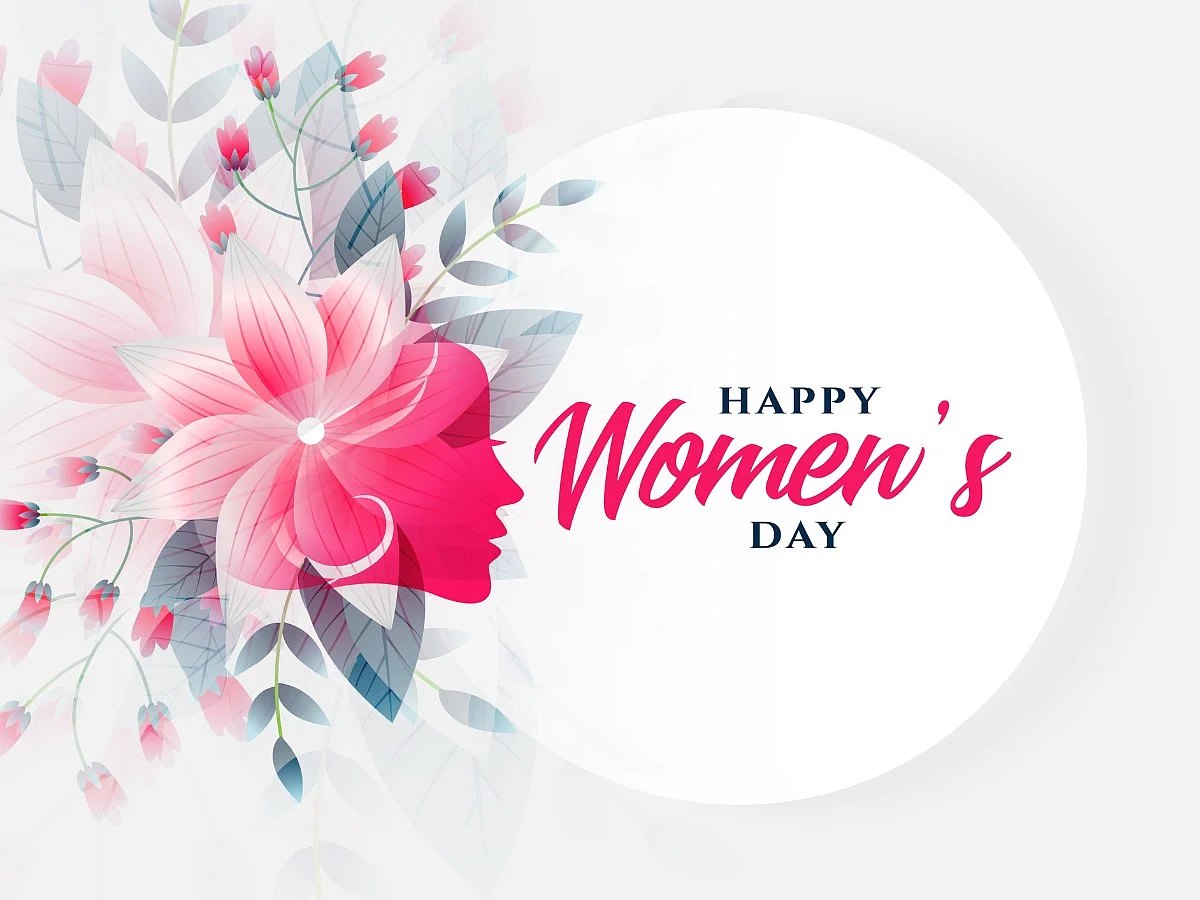Hanoi, Vietnam – The Intellectual Property Office of Vietnam (IP Vietnam) issued Notice No. 4039/TB-SHTT dated 27 December 2024 on the application of Version 12-2025 of the International Classification of Goods and Services under the Nice Agreement (“Version 12-2025”) as from 1 January 2025.
Version 12-2025 was published by IP Vietnam on its Electronic Information Portal on 27 December 2024 and will be officially applied in Vietnam as from 1 January 2025. According to the provisions of Appendix I – Part II of Decree No. 65/2023/ND-CP dated 23 August 2023 of the Government detailing a number of articles and measures to implement the Law on Intellectual Property in respect of industrial property, protection of intellectual property rights, rights to plant varieties and state management of intellectual property, as from 1 January 2025, in the section “List and classification of goods and services bearing trademarks”, the applicant must classify goods and services in accordance with Version 12-2025. If the applicant does not classify goods and services or classifies them incorrectly, IP Vietnam will classify such goods and services, and the applicant must pay the classification fee as prescribed.
As you may be aware, the Nice Agreement is a treaty that establishes the International Classification of Goods and Services for the purposes of the registration of marks. It was adopted in Nice, France, on 15 June 1957, and has been revised and amended multiple times since then.
The Nice Agreement aims to:
- Standardize classification: Provide a uniform system for classifying goods and services in trademark and service mark registrations.
- Simplify trademark applications: Help applicants and trademark offices categorize goods and services, making it easier to search for conflicting marks.
- Foster international cooperation: Ensure consistency across member countries.
The International Classification of Goods and Services under the Nice Agreement (the “Nice Classification”) is a system used to classify goods and services for the registration of trademarks and service marks. It is administered by the World Intellectual Property Organization (WIPO) and helps standardize the classification process across member countries.
Key Features of the Nice Classification
- Classes: The system is divided into 45 classes:
- Classes 1–34: Cover goods.
- Classes 35–45: Cover services.
- Structure:
- Each class has a heading describing the broad category it covers.
- It includes an alphabetical list of goods and services with specific examples assigned to the appropriate class.
- Revisions:
- The classification is updated periodically.
- Updates reflect changes in technology, trade, and other market realities.
- Purpose:
- Simplifies the process of searching for similar trademarks.
- Harmonizes trademark registration practices internationally.
Example Classes
- Class 3: Cosmetics and cleaning products.
- Class 9: Computer software, electronics, and scientific instruments.
- Class 25: Clothing, footwear, and headgear.
- Class 41: Education, training, and entertainment services.
Practical Use
- When registering a trademark, applicants must specify the relevant goods or services and their corresponding Nice Classification class.
- For instance, a company creating a smartphone would register under Class 9, while a fitness center would register under Class 41.
For further information, please do not hesitate to contact us at bud-prairie@bud-prairie.com.





